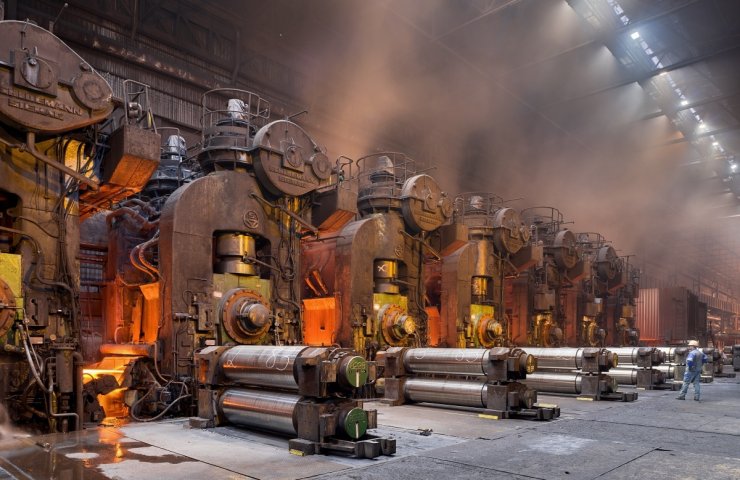The Russian Steel Association, which unites the largest producers of ferrous metals and pipes in Russia, raised its forecast for steel consumption in Russia in 2019 to 4%, which is higher than the June forecast of 2%. This was announced by the Executive Director of the Russian Steel Association Alexey Sentyurin at a meeting of the Coordinating Council for Industrial Policy in the Metallurgical Complex under the Ministry of Industry and Trade of the Russian Federation on November 12, 2019, chaired by the State Secretary - Deputy Minister of Industry and Trade of the Russian Federation Viktor Evtukhov. p>
In 2018, the hardware industry (+ 12%), the automotive industry (+ 11%), and mechanical engineering (+ 10%) were the main drivers of growth in metal consumption. The pipe industry reduced metal consumption by 2%, the construction sector showed zero growth. The revival of domestic demand in 2019 was noted at the end of the 3rd quarter (+ 8.6%), mainly due to positive changes in the legislative regulation of the construction industry and the introduction of escrow accounts from July 1, 2019
The spread between raw materials (scrap) and finished products dramatically approached during the year, and in September 2019 this led to the loss of low-margin chains at a number of metallurgical enterprises. This creates an additional unfavorable trend in the long products market.
Alexey Sentyurin noted that at the end of 9 months of 2019, there was a significant decrease in export supplies of rolled metal - by 13% - with a one-time growth in the export of semi-finished products by 3% to a record share in exports of 56% this century. The main reason for the decline in exports is the global problem of overcapacity and increased use of trade barriers.
Marina Ivanova, Vice-President of the Russian Steel Association, provided detailed data on trade barriers in force in the world. The sector is subject to the largest number of trade protection measures in the world, more than 400 restrictions in force at the end of 2018. Each WTO member has almost 3 trade restrictions on steel and metal products, while the previously introduced barriers (measures) are systematically extended.
The strengthening of protectionism naturally occurs during periods of unfavorable market. The current wave of trade barriers in the steel sector was further triggered by the introduction of duties in the United States under Article 232. This led to a significant narrowing of the export opportunities of Russian steel companies: in 2018, 7 new restrictive measures were introduced, and as of September 2019, 4 additional restrictions were introduced, 4 more were extended, 5 new investigations were started, following the results of which new restrictions are expected.
Together with the State Secretary - Deputy Minister of Industry and Trade of the Russian Federation Viktor Yevtukhov, the participants of the Coordination Council discussed possible actions of state authorities in order to ensure effective protection of Russian steel producers in foreign markets and the EAEU market.
Within the framework of the meeting of the Coordination Council, together with the Ministry of Industry and Trade of Russia, the meeting participants also discussed external and internal factors that hinder the development of the industry and outlined the main steps to resolve them.




